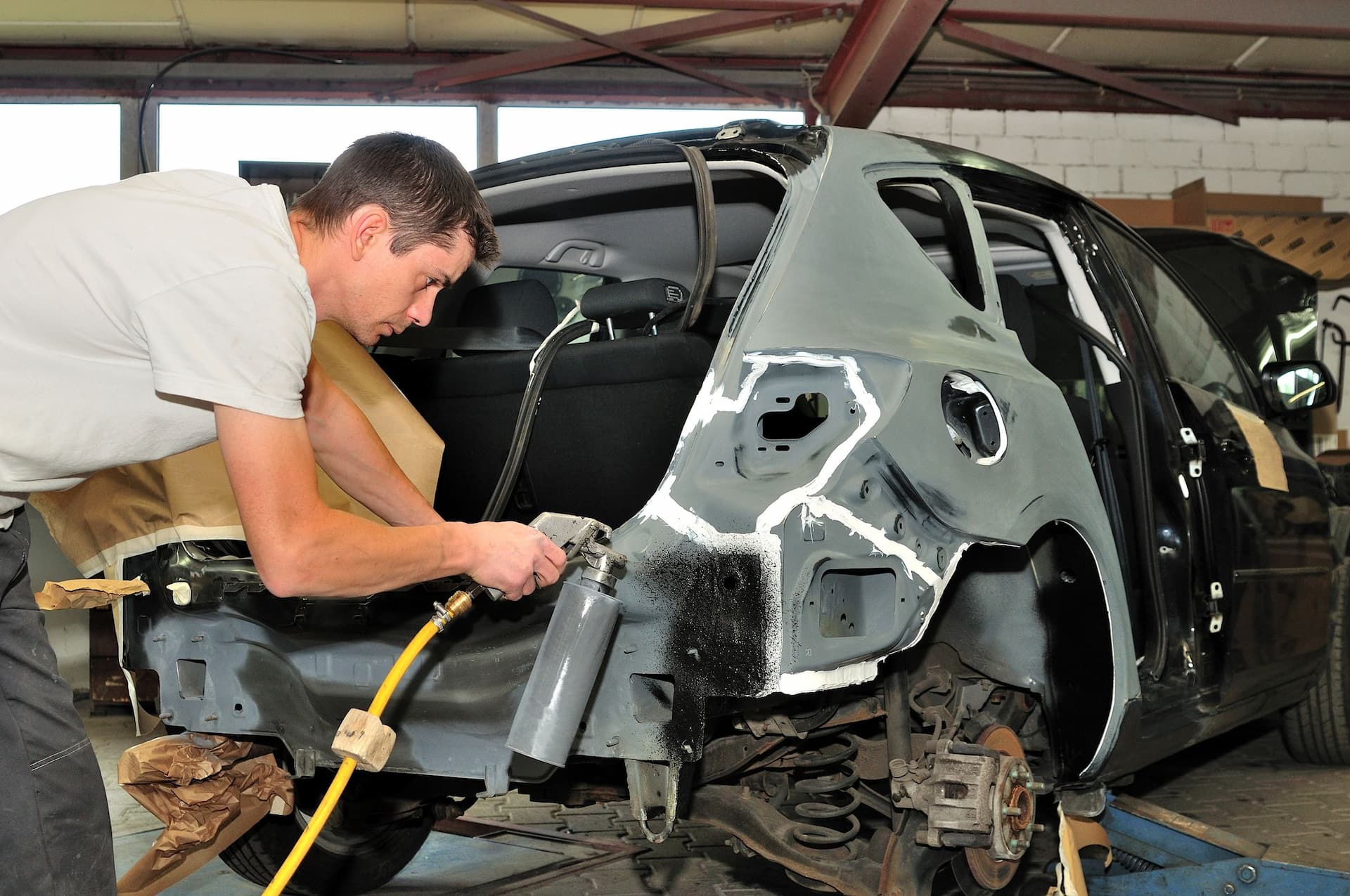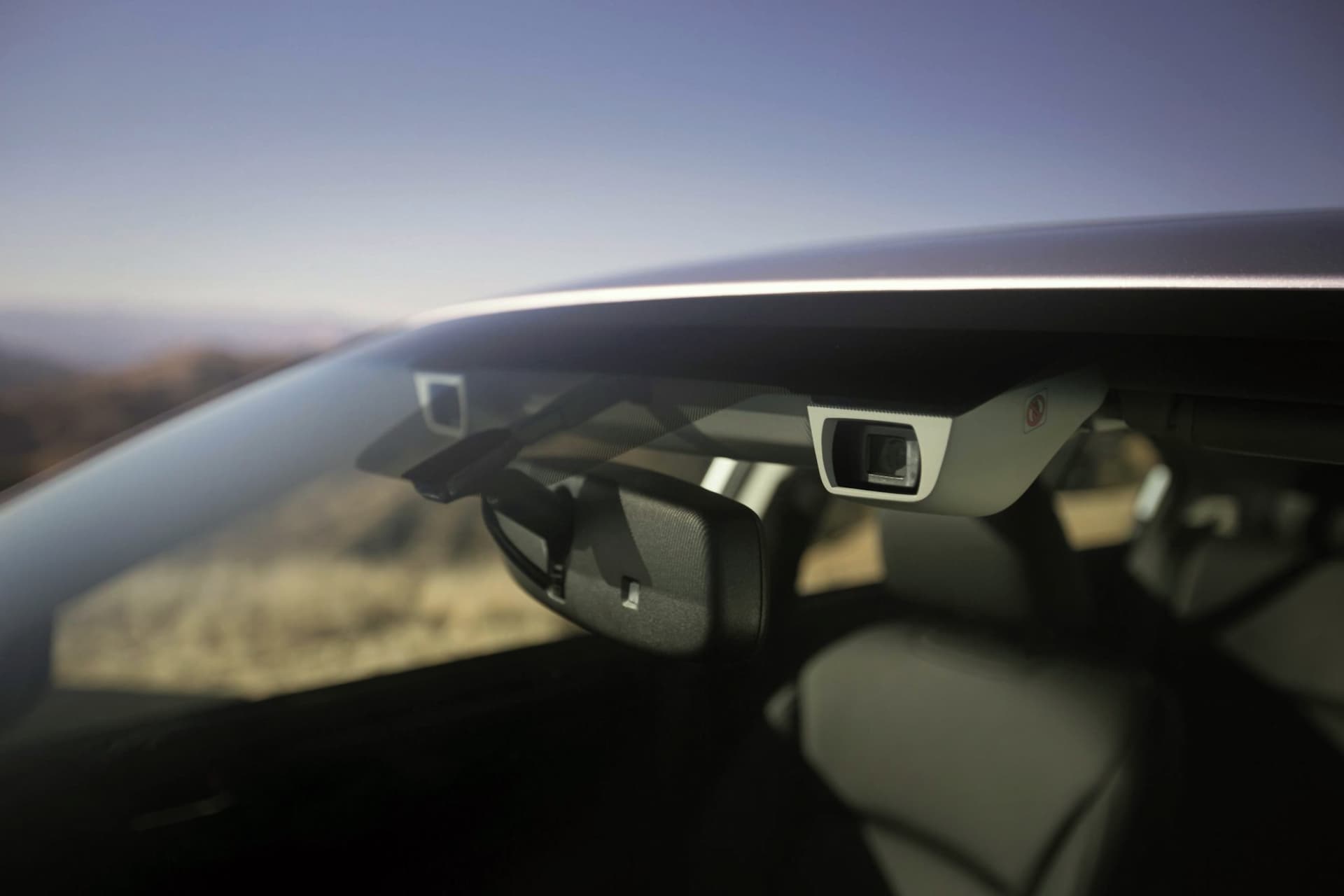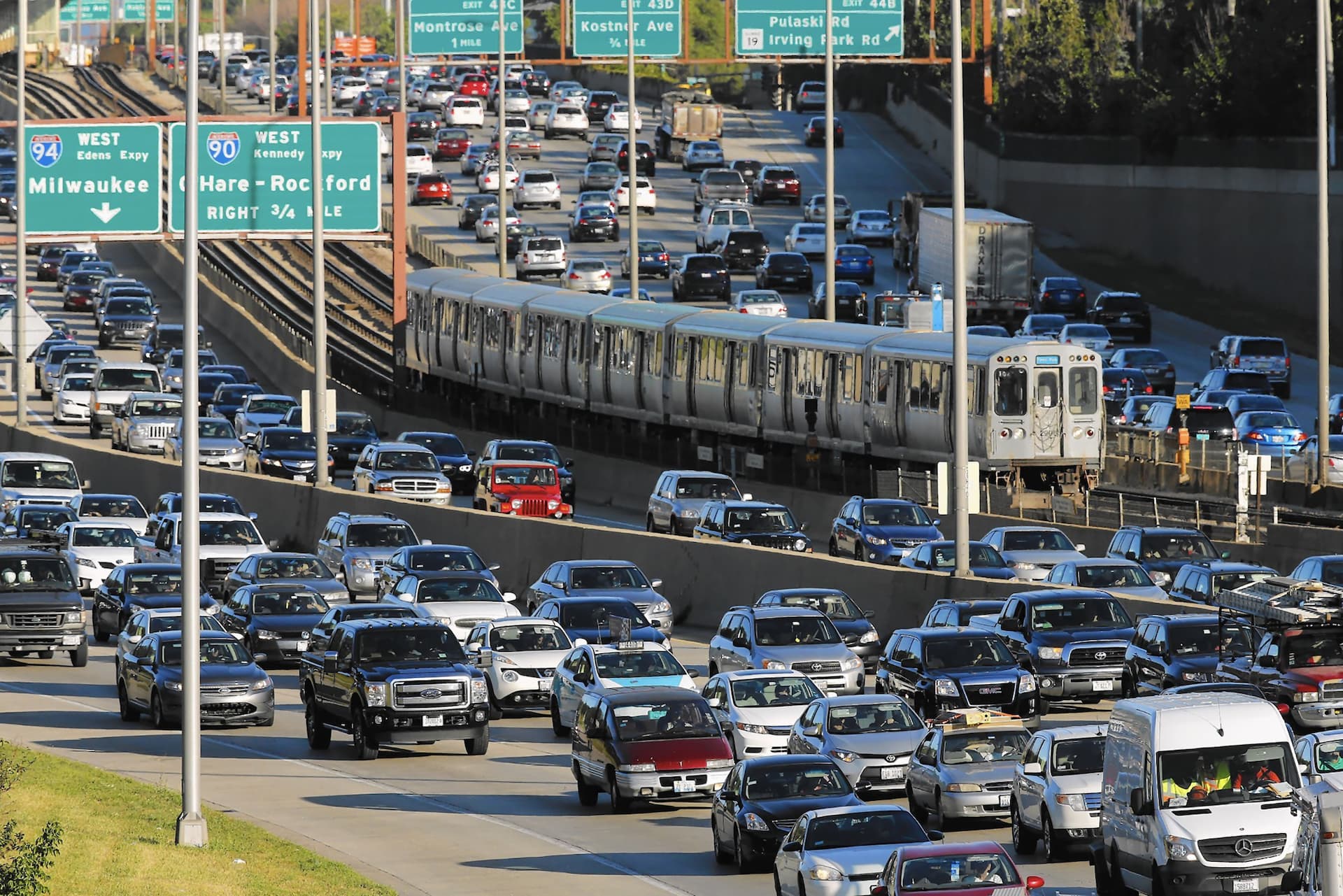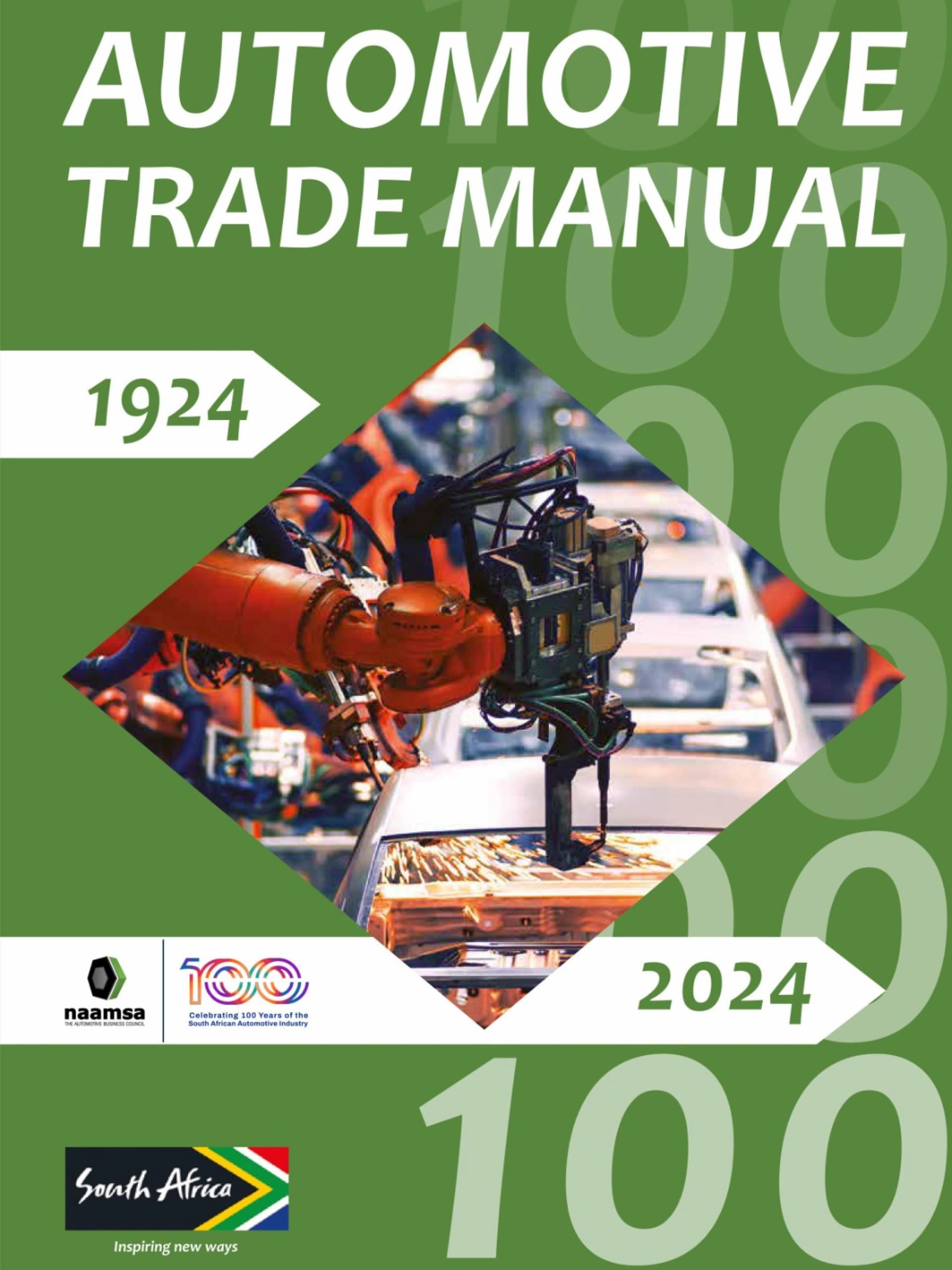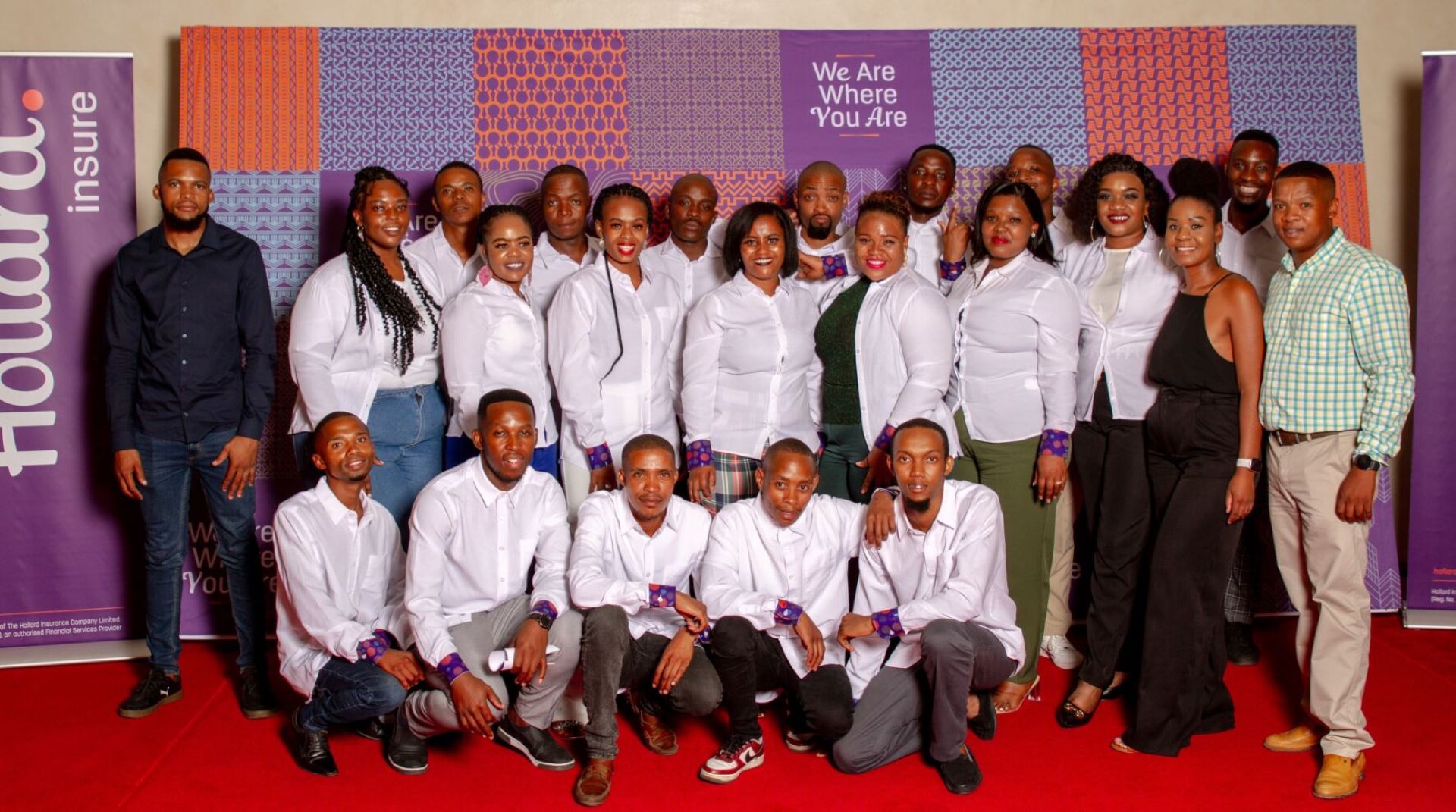Labour shortages, supply chain challenges, climate change, and COVID-19 uncertainty is reshaping insurance economy trends, according to the CCC Intelligent Solutions Crash Course 2022 report.
The 27th edition of the report explored the future of digital journeys in the wake of disruption – supply versus demand, labour shortages, inflation, increasing vehicle technology, and more complex repairs. According to CCC, the report draws on insights formed using information such as 260 million claims-related transactions, 50 billion miles of driving data, and millions of casualty claims.
“After tracking key trends for so many years, we can confidently say the P&C insurance and automotive industry landscape has been forever changed,” said Susanna Gotsch, Senior Director And Industry Analyst at CCC. “The disruption experienced over the last two years has accelerated the pace of innovation driven by everything from supply chain and labour to climate change. There is more urgency than ever for the industry to adapt and evolve with an increased focus on the advancement of digital technologies, user experiences, and connected networks foundational to change and growth.”
Key topics covered in the Crash Course 2022 report include:
- Supply versus demand imbalances and the impact on US inflation
- Labour shortages and the role it is playing in driving up wages and altering experiences across nearly all industries
- The operational future of vehicle manufacturers, insurers, repairers, and other providers
- The role of vehicle technology, such as advanced driver-assistance systems (ADAS) and EVs, and complexity in increasing repair costs
- Technologies such as AI, mobile, cloud, and the Internet of Things, along with their role in user experiences
- Changes in driving behaviours and the impact to frequency and severity of vehicle accidents and casualty claims.
In addition to macro trends and topics, Crash Course 2022 includes industry-level detail on claims frequency and severity, parts costs and utilisation, and total loss trends.
CRASH COURSE 2022 REPORT SUMMARY
FINDING EMPLOYEES WITH THE RIGHT SKILL SETS
The Universal Technical Institute predicts retiring baby boomers will create 100,000 automotive technician job openings over the next decade or so, with Bureau of Labour Statistics projecting a four per cent decline in employment in the overall automotive technician field through to 2029.
Most repairers indicate the shortage of technicians has been the primary reason for longer backlogs of work. Driveable and non-driveable repairs are taking longer, and repairer productivity is lower.
New vehicle technology such as ADAS and EVs have added increased complexity and requirements for new skill sets, training, and tools for the collision repair industry, but finding technicians with the right skill sets is a growing challenge.
INCREASING REPAIR COSTS
In 2021, the industry experienced a much larger increase in repairable claim costs than in prior years. Overall, the average total cost of repairs for all repairable appraisals was US$3718, up 8.3 per cent from 2020 and up 14.7 per cent from 2019.
The average number of labour hours per appraisal also increased for non-comprehensive losses. Labour costs have also risen, and market conditions will likely increase further in 2022.
The average price paid per replacement parts had historically experienced only moderate increases at an aggregate level, but supply chain issues in 2021 drove prices up sharply.
Between 2001 and 2021, the average number of replacement parts per non-comprehensive appraisals increased from 5.1 parts to 9.1 parts for driveable vehicles, from 18 parts to 22.3 parts for non-driveable vehicles, and from 8.0 parts to 12.1 parts for combined driveable and non-driveable claims.
Most vehicle repairs now require a pre-repair scan, post-repair scan, and often an in-process scan to understand the damage and verify proper repair. Repairers must identify electronic systems which have been damaged, and which components need attention. Diagnostic trouble codes triggered by the scan must be researched, as OEM repair procedures are updated frequently.
In Q1 2017, less than five per cent of appraisals included an estimate line entry denoting a scan, diagnosis and/or health check operation, but by Q3 2021 it was more than 48 per cent. While the Q4 2021 percentage preliminarily sits slightly below that, as supplement activity is reported, overall scan frequency is anticipated to show further growth.
Completing the proper diagnostics and reviewing the OEM repair procedures can help a repairer incorporate calibration into the repair plan.
With severe labour shortages anticipated through 2022, overall wage growth is likely to remain above four per cent, with wages for new hires along with workers in blue-collar and manual services jobs anticipated to grow faster than average.
SUPPLY CHAINS INTERRUPTED
Supply inventories were drawn from plants which closed at the outset of COVID-19 and then operated at lower levels of production while trying to balance employee safety and production demand. As industries scrambled to meet demand, they met the same challenges – higher raw material prices, higher transportation costs from higher wages and fuel prices, record spot container shipping rates (14 times higher now than during the same period in 2019), more money and time to unload goods at shipping ports, and shortages of employees on-site.
Dealers, OEMs, and aftermarket parts sellers have been operating with lower parts inventories. Demand for parts has rebounded faster than many of the parts manufacturers and distributors expected, leading to an increase of ‘out of stock’ situations for aftermarket parts or ‘backorder’ scenarios for OEM parts.
Shops are focused more than ever on blueprinting repairs to identify parts needing replacement, and delaying the start of the repair until all parts have arrived on- site.
HOW WE LIVE
Research suggests nearly 40 per cent of US jobs can be done at home, and office occupation levels tracked by Kastle Systems continue to stay well below 50 per cent across their 10-city average.
Overall miles driven in the US in 2021 have now surpassed miles driven during the same months in 2020, and as of September 2021 are nearing miles driven in 2019 pre-pandemic.
While traffic congestion has begun to build again, and travel habits have shifted closer to pre-pandemic behaviour, the 2021 INRIX Global Traffic Scorecard reveals traffic patterns have changed – trips to downtown areas in the US are down 22 per cent from pre-pandemic levels, and travel patterns resulting from working from home, cycling and transit usage continued to shift throughout 2021.
With potentially fewer people on the road during rush hour, congestion levels may remain less, and some of the automotive claim trends experienced during the pandemic may become more permanent. Overall miles driven and trips taken might not see a significant decline, but more telework would still lead to fewer rush-hour trips, less congestion in urban areas, and freer movement of remaining traffic. This is important because the variable that has been shown to be most highly correlated to vehicle accident frequency is a large number of vehicles on the same road at the same time, meaning congestion typical of morning and afternoon rush hour traffic.
For example, front automatic emergency braking (AEB) has been shown to help reduce accident frequency for direct front to rear impacts. NHTSA data shows that direct front to rear impact accidents accounted for 33 per cent of all accidents pre-pandemic. Historically however, traffic has been more congested, and travel speeds significantly lower. With traffic moving at higher speeds, ADAS may not be able to avoid a crash.
REPAIRERS CONTINUE TO INNOVATE
Photo estimating has been widely adopted and integrated into workflows to help empower and engage consumers in a self-directed manner. The number of consumers submitting photos of their damaged vehicle directly to a repairer for an estimate to be written in the CCC ONE estimating platform more than doubled between 2020 and 2021, with approximately 20 per cent of photo estimates resulting in a repair order. Consumers who may have chosen to live with the damage and avoid the hassle of getting an estimate are now doing so and choosing to have the repairs completed. Additionally, the number of unique visits to Carwise – CCC’s online directory of US body shops – by people searching for and booking a nearby repairer, viewing shop information and reviews, or to check in for a repair appointment via the CCC ONE Lobby application, grew by 50 per cent between 2020 and 2021.
CRASH OR NO CRASH
OEMs have begun to introduce Level 2 autonomous features in their mainstream vehicles. While real-world data shows certain ADAS features such as AEB and blind-spot warning help reduce certain types of accidents, other features such as adaptive cruise control, coupled with lane-keeping assist, have the reverse effect. Most ADAS technology has been designed to avoid accidents at lower speeds, but as speeds increase, systems often can only mitigate speed before impact. When an accident occurs, greater electronic content and more part components lead to higher repair costs and complexity.
REPAIR COMPLEXITY WILL GROW
Increasing vehicle complexity – in terms of the materials used in the construction of vehicles and increased number of standard options – are helping to lift costs.
In a ‘Who Pays for What’ survey from late 2021, Collision Advice’s Mike Anderson said: “I’m seeing the typical amount of total sales a single estimator can handle decline, because the estimating process continues to become more complex, including research of OEM repair information. I’m starting to see a few shops with an employee doing nothing but scanning vehicles and researching OEM repair procedures.”
As the immense amount of technology added to vehicles continues to move downstream to mainstream vehicles, the collision repair industry may see a greater need for specialisation in repair, where access to information from the vehicle informs much of the repair process.
Today, vehicle telematics and other crash-detection analytics can automatically identify when an accident occurs, sharing accident information directly with the OEM and/or insurer, triggering vehicle routing and preferred method of inspection.
In the future, more data from vehicles such as damage area, triggered diagnostic trouble codes, changes in the velocity/speed of the vehicle from the crash (delta-v), and other information could be collected and sent to the OEM and/or insurer to identify the potential repair amount, and which type of repairer is best suited based on the vehicle. Choosing a repairer may eventually be automated by the vehicle, further reinforcing the need to have the right connections in place to streamline the overall vehicle ownership and repair process.
